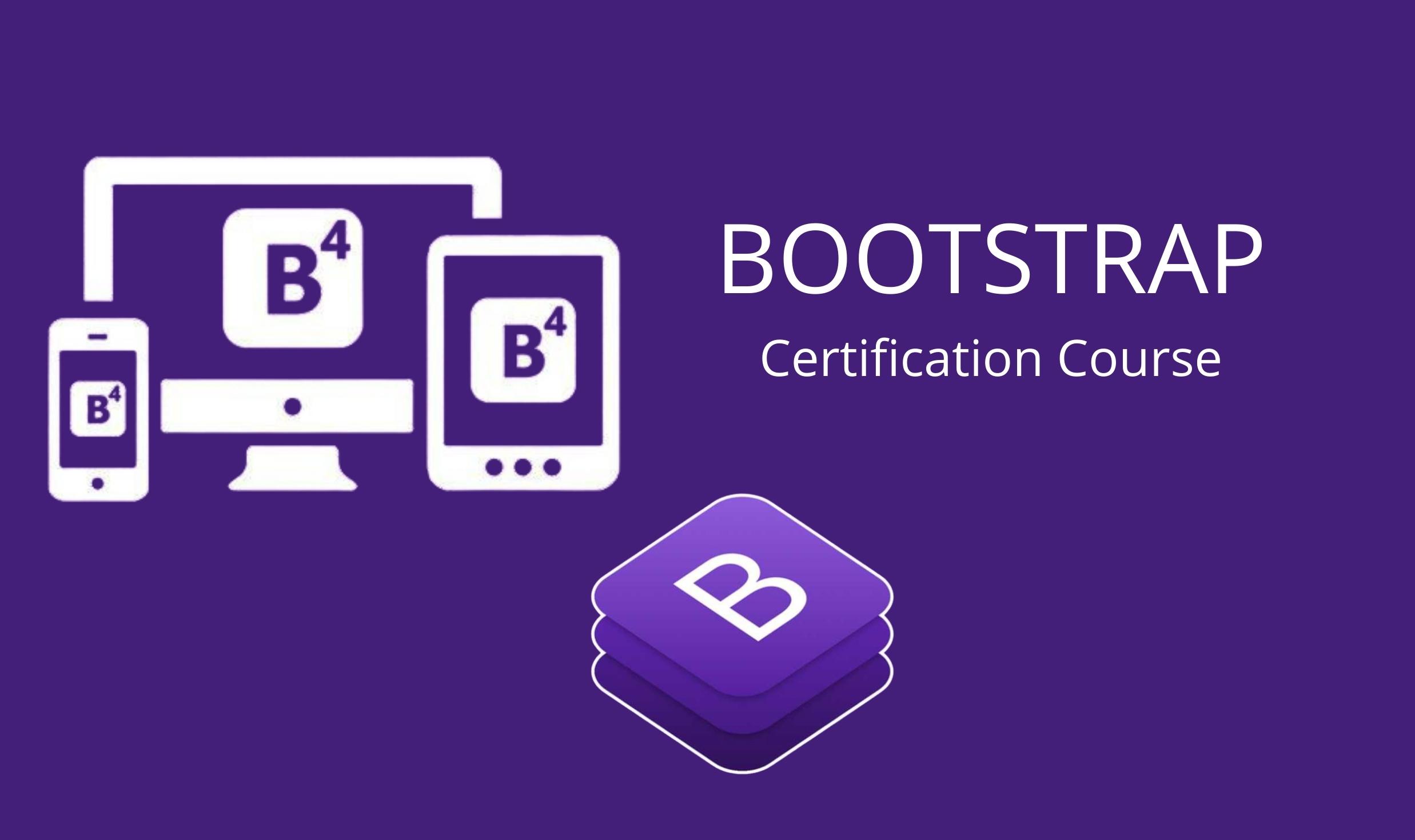
Scala has considered an object-oriented language as the value present in each function is an object. The types and behavior of objects are described by classes and functions. Classes are a pure alternative to multiple inheritances and can be extended with subclasses and flexible hash-based composition mechanisms. A Scala Certification will help you in understanding all the concepts.
Scala is also a functional language, in the sense that every function is a value; Scala provides a simple syntax for defining anonymous functions, supports higher-order functions, allows function insertion, and supports currying; Scala's built-in support for instance classes and pattern matching means that many functional types can be written in Scala. Built-in support provides the algebraic functions used in many functional languages. Singleton objects are a convenient way to group functions that are not members of a class. Scala Course Online will help you in understanding the system.
There are many reasons why the Scala language is so popular and in demand.
In Scala, every value is an object, which makes it a purely object-oriented programming language. In Scala, the behavior and types of objects are represented by classes and properties.
Scala is a functional programming language. It has many functions which act as a value. Each value of a function acts as an object. It supports higher-order functions, nested functions, anonymous functions, etc.
The process of checking and enforcing type constraints in Scala is done a compile-time; unlike other statically typed programming languages such as C++, C, etc., Scala does not expect unnecessary type information from the user. In most cases, it is not necessary for the user to specify the type.
Scala can be extended with new language constructs in the form of libraries. Scala is designed to work with the Java Runtime Environment (JRE).
Scala allows code to be written in a fixed format, which makes it easier to take advantage of parallelism (Synchronize) and concurrency.
Let's take a look at some of the key concepts of the Scala language.
Functional Programming in ScalaWhat is a function? Have you ever heard of Albert Einstein's famous equation E = MC? 2;? In other words, by taking the mass M and multiplying it by a constant, we can define a function that calculates the energy.
More importantly, we have just defined a function that has no side effects. A commonly used expression in functional programming is, "When you define a function, it is important that it does only what it is supposed to do." In short, a function should not have any hidden internal behavior.
Many modern API designs incorporate functional ideas without applying them to functional programming: in the case of Java, Google Collections and the Spring application framework make common functional concepts available to Java developers. Scala goes even further and incorporates them into the language.
One of Scala's strengths is its seamless integration with Java and the JVM. Scala offers extensive compatibility with Java, allowing Java classes to be assigned directly to Scala classes. This tight interoperability makes the transition from Java to Scala relatively easy, but be wary of some of Scala's extended features. Scala has several advanced features that are not available in Java. Therefore, steps were taken during the design process to ensure seamless compatibility with Java. In most cases, libraries written in Java can be imported into Scala in the same format.
As mentioned earlier, the JVM has several advantages over Java. Bytecode allows libraries to be distributed across platforms themselves. In addition, the JVM is well-tested in many environments and used in large enterprises. Much attention has also been paid to the performance of the Java platform. The HotSpot compiler can perform various code optimizations at runtime. In addition, users can upgrade their JVM and immediately see performance improvements without patching or recompiling.
.jpg)



.jpg)

.jpg)
.jpg)
.jpg)
.jpg)
.jpg)
.jpg)

.jpg)
